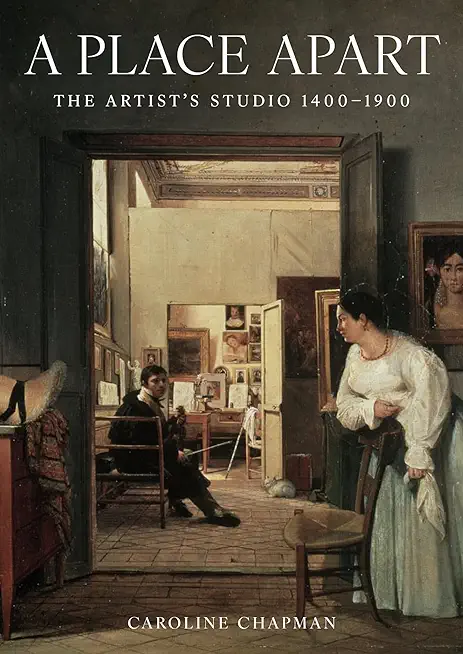
description
ivial rendezvous, artists' studios reflect their personalities, the way they work, their dreams and obsessions. Some are battlegrounds where hopes are dashed and original concepts fail dismally in their execution. A few artists became celebrities and flaunted their success by furnishing huge studios with exotic objects, while others lived in a haze of opium in squalid tenements in Montmartre. Spanning 500 years of Western art history from 1400 to 1900, and accompanied by glorious images, Caroline Chapman describes the skilful techniques employed in a Renaissance workshop; Michelangelo's agony and ecstasy while painting the Sistine Chapel; the murky world of the artist's model; the looting by Napoleon of Veronese's masterpiece; Van Gogh's wretched first studio; how Géricault painted his Raft of the Medusa; the way Rodin worked in his plaster-spattered environment and the ateliers of the Impressionists in Paris.
member goods
No member items were found under this heading.
Return Policy
All sales are final
Shipping
No special shipping considerations available.
Shipping fees determined at checkout.







